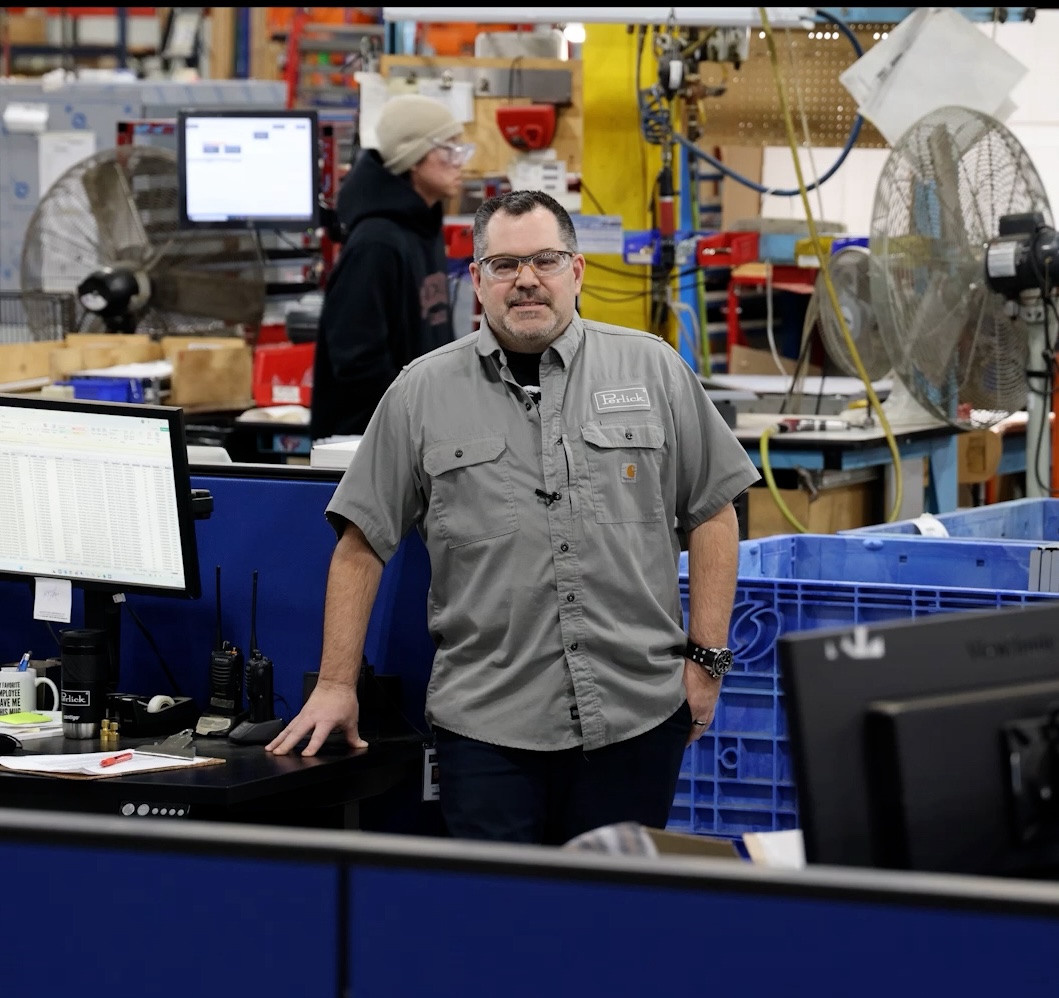Oktoberfest is one of the most celebrated beer-drinking events in the entire world. Though the original began in Munich in 1810 as part of a wedding celebration between Crown Prince Ludwig and Princess Therese, the event has spread across the world as an annual celebration of German culture, music, food, and beer.
In order to understand what makes an Oktoberfest beer different, it's important to look at the different terminology used when referring to an Oktoberfest beer. First, it can be referred to as a märzen, a beer that is specially brewed in March for consumption beginning in September at Oktoberfest. Märzens are enjoyed throughout Germany, though, and are not exclusive to just Munich and Oktoberfest. There are many fall festivals throughout Germany that aren't technically "Oktoberfest."
Second, Oktoberfest beer can be referred to as festbier, or festival beer. Again, this alludes to the Oktoberfest festival, but in reality, there are numerous fall festivals in Germany that might serve festbier.
Finally, and specific to the real Oktoberfest in Munich, there is wiesn bier, which is named after the Oktoberfest fairground itself – the Theresienwiese – which literally translates to Therese's meadow. The nickname for the fairground and for Oktoberfest itself is the Wiesn. When someone is drinking a wiesn bier, it most certainly is intended to reference Munich's Oktoberfest and has a lighter, more golden color than other märzens.
This naming can be confusing and the style profiles can often overlap, even the style profiles according the Brewers Association, but to really dig in to Oktoberfest, you have to take…
A DEEPER DIVE INTO THE WIESN
In Munich, there are a handful of breweries known as the "Big Six." They are the only breweries permitted to serve beer on the Wiesn. Some serve weissbier and all serve festbier, but there are only six breweries allowed (aside from 2010, when all six got together to make a single collaborative beer for Oktoberfest's 200th anniversary).
Let's take a closer look at the Big Six:
Augustinerbräu – Established in 1328 and the oldest brewery at Oktoberfest, it is the only beer on the Wiesn still served out of a traditional, wooden keg. It is also the favorite of many locals.
Hacker-Pschorr – This brewery originally donated the land where the festival is held. They are famous for their tent that depicts the "Heaven of Bavaria." And technically, they began as two different breweries – Hacker and Pschorr.
Hofbräu – The "King's Beer" is famous in part because of its famous beer hall, the Hofbräuhaus. At Oktoberfest, their tent is known for being the favorite of Americans, Australians, and Italians.
Löwenbräu – This beer is famous around the world. The "Lion Beer" was originally served as early as 1383 in a Munich pub called Zur Löwen.
Paulaner – Often considered one of the best beers in Munich, today the Paulaner brewery sits on top of a hill known as Nockherberg. It is the largest brewery in all of Bavaria.
Spaten – Kind of an underdog in Munich but a heavyweight on the Wiesn, Spaten introduced the first märzen-style beer at the 1872 Oktoberfest, and to this day, the first Oktoberfest keg is tapped at noon on the first Saturday of the festival. Where? In Spaten's Schottenhamel tent.
Want to Serve Oktoberfest Beer's in Your Bar?
Of the Big Six, four are typically available in the United States, especially in bottles. But if you want to serve Oktoberfest beer properly, it should really be served vom fass, or on tap.
Learn more about serving draft beer from the most advanced faucets in the industry.










